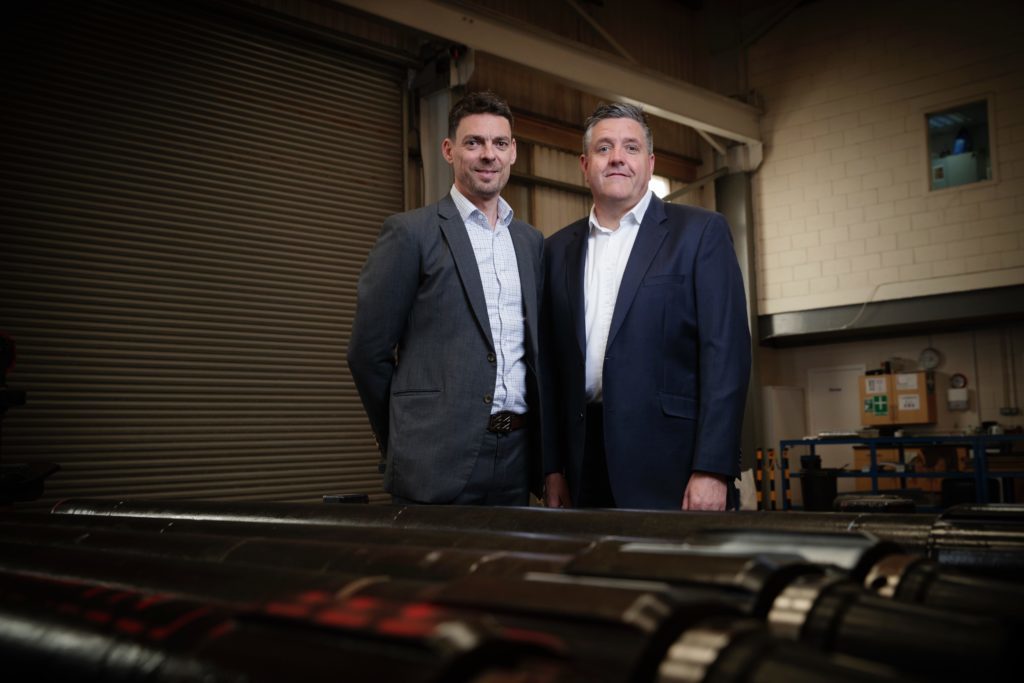
The US onshore market holds massive potential for ambitious UK-based oil and gas service companies. With more than 900,000 active wells, breaking into this lucrative sector is a huge focus for E&P technology SMEs the world over.
But how does a small, UK-based technology business navigate this complex, highly competitive landscape? How does it demonstrate its value proposition to potential clients? And how does it meet demand and deliver growth at the same time?
We’re an established oil and gas technology business, headquartered in Aberdeen. Our innovative tools help our E&P clients reduce costs, time and risk by landing casing and completions at target depth.
I joined Deep Casing Tools as chairman earlier this year. With 30 years in the industry, including successful technology adoption in the US, I’ve experienced first-hand the challenges companies face in accessing the lower 48. I think there are five main challenges.
Having calculated the size of the prize, the first challenge companies face is building a clear and reliable understanding of what’s happening on the ground. Firms need to learn how business gets done and how to navigate their way around the industry.
The second challenge are the rocks themselves. While it’s a busy, energetic and valuable market the geology varies considerably across the region. Technology that might be relevant in one basin will be completely useless in another.
Trends in different basins can also change rapidly. As new technologies are brought to market completion techniques can be transformed every six months. So, the third challenge is keeping up to speed as technologies very quickly evolve.
In my experience, the different operational setup in the US means companies must adapt how they introduce their technology. Challenge four: the usual UK approach of seeking an audience with the technology HQ just doesn’t work stateside.
And then there’s the frenetic pace. Challenge five is being able to respond to demand. For example, in the UK a service company might be required to double the number of tools over three to six months. In the US, it’s expected immediately.
How prepared are small technology firms for this seismic shift in expectations? There are cashflow considerations, as well as logistics, manufacturing lead times and the rapid increase in staffing required to make it all happen. These are all major considerations.
But you shouldn’t be put off. The potential of the US onshore market for experienced, successful and determined UK technology firms is huge. And to unlock this potential companies need the right knowledge, insight and support.
They need help to open the right doors, get their innovative solutions in front of the right people and take the best decisions to make sure they can meet the expectations of their clients and grow their business.
I appreciate the work done by the UK and Scottish Governments through organisations like the Department of International Trade, UK Export Finance, Scottish Enterprise and Scottish Development International. But more is required to help SMEs fulfil their potential.
Wouldn’t it be fantastic if we had a body in this country that had their finger on the pulse of the US onshore market? An authoritative and supportive organisation that SMEs could work with to help grow their business and deliver long-term value for the UK economy.
Steve Kent is Chairman of Deep Casing Tools
Recommended for you
